Sebastián Zuccardi, one of the most highly regarded winemakers in Argentina, makes his decisions by walking in the vineyards or tasting in the winery. He doesn’t follow recipes or protocols; he follows his instincts. “I have some idea but no protocol. I know what I want to do but it’s not a protocol the way that I will do it,” he tells Canopy.
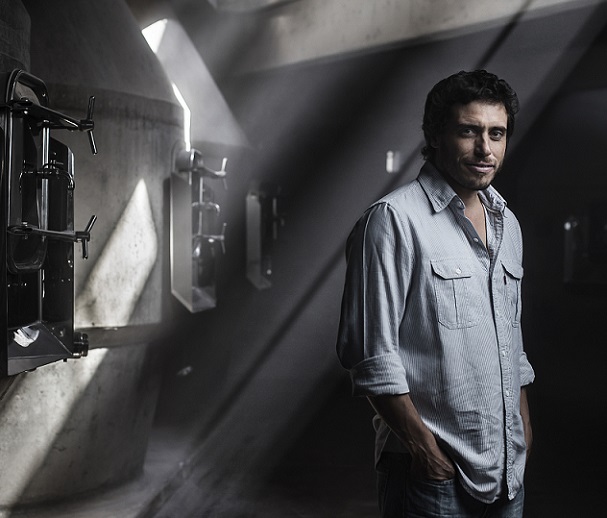
“The way that I’m working is completely different (to my predecessors) because when we started to make higher wines in 1997 the concept was more concentrated, a little bit more overripe, over-extraction, and over-oak, and I feel I reduced these three things a lot. The wines are different now.”
We’re talking about his Malbecs. There are at least 13 listed on the Familia Zuccardi website (not including different vintages) and many more in the concrete vats in the bowels of the family’s architecturally stunning winery in the subregion of Paraje Altamira.
As it’s the winery that has been grabbing much of the attention over the past four years, I wanted to talk to Sebastián about his winemaking. In particular, why he uses so many different techniques for his Malbecs.
The answer turns out to be simple: “I have been developing different ways to vinify different areas,” he replies.
The Uco Valley has a great diversity of soils within short distances. Within one 6.5ha block, he identified 10 different soil types and he wants to be "true" to each of them.
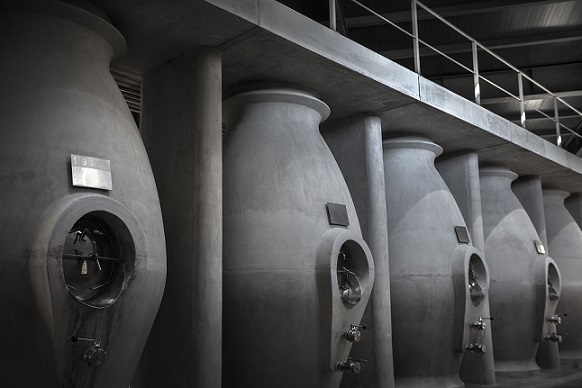
“For me, the future is in places,” he reveals. “I feel the grape is the vehicle to express the place. So, in my view, when I make wines, I try to be specific about the site where the wine is coming from. So, you see the range of wines that I make, I start talking about the Uco Valley and I finish talking about small parcels in the Uco Valley. The Uco Valley, the villages in the Uco Valley, the parajes inside these villages, vineyard wines and parcel wines. So, the challenge is to be specific.
'Malbec is the best vehicle to express our place'“Nearly 80% of the wines that I make are made with Malbec because I feel that is the best vehicle to express our place – for many things: first, because it has a great adaptation to the place and this adaptation was not a marketing plan, it was something that happened in the field because, when grapes arrived with immigration, many grapes arrived, but really Malbec developed more than the others because these growers selected, replanted and improved the Malbec. So, the Malbec we have today was proved for generation and generation of growers. And the other thing that for me is extremely important is that when you taste Malbec from different areas, for example in the Uco Valley, you can see the different shapes it takes. So, I feel it’s transparent to the place.
“I make many Malbecs but, in the end, I don’t talk about Malbec – I talk more about the place.”
In many ways it’s understandable. He started in the vineyard, like his grandfather, Alberto – an engineer by trade, who planted a 16ha vineyard in Maipú, Mendoza, to prove his idea for an irrigation system using pre-fabricated concrete.
“I studied viticulture and I started working for the family in the vineyards, so my passion and my big knowledge is the vineyard,” Sebastián confirms. “And after many years of working in the vineyard, I understood that I need to do one step and go in the winery. And in 2009 I created a research and development area in the family. This area gave to the family the opportunity to rethink all the idea of winemaking that my family used to have and gave me the possibility to learn which is my view of winemaking. But I feel, I have to tell you, we cultivate wines. I feel that the most important thing is the viticulture and all the information about what you have to do in the winery is in the vineyard.
“When the grapes arrive in the winery you have no information. When you go to the vineyard you have a lot of information because you know the place, you know the weather, the soil, you see how is the vine – is the vine stressed or has too much vigour? It’s completely different the way to vinify. You can feel how is the year and you take the harvest decision – one of the most important decisions for a winemaker."
During harvest time, Sebastián goes to the vineyards every couple of days to see different parcels and taste the grapes.
“Harvest too early or too late and you lose a lot of things, so I prefer to harvest in the right point and if I have to make a mistake, I prefer one or two days before. This harvest, 2020, I started harvesting maybe 15 days before a normal harvest and when you start 15 days before you are all the time asking yourself if it’s right because always you have doubts. Always.
“I’m very happy because I think we started earlier than many people in the area and I feel today that the wines are not talking about an extremely warm year. The balance that I find is very good. Because I saw that the year could be warmer and the wines a little bit shorter, I decided to use more whole bunch in order to improve the background and do shorter macerations. So, these three things for me were very, very important in the balance of the 2020 wines.”
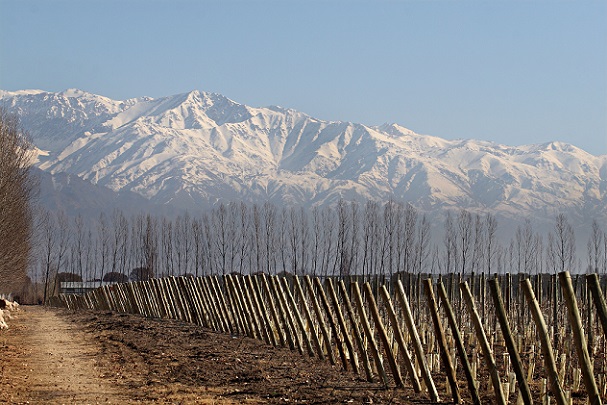
Sebastián is regarded as one of the best winemakers in Argentina, so I also wanted to know about some of his smaller decisions. Here’s what he had to say…
Remontage or pigéage?
“In general I like to work with punchdown (pigéage) because I feel it is sweeter for the wine but maybe if I’m tasting the wine and I feel it is a little bit closed and needs a pump-over I can do a pump-over (remontage) in order to introduce air to the wine.“In a warm year when you know that your window of harvest is shorter, sometimes you need to work quicker in the winery because you have all the wine together so you can’t do punchdown to everything and so you need to do a combination.”
Long or short macerations?
Sebastián has reduced the maceration time since taking over winemaking duties. Now it’s 13 to 18 days, with the warmer years seeing less time on skins.“My way to vinify is simple. I don’t do very long macerations. Generally, I think if I work very well in the vineyards and I harvest at the right time, 13, 15, maybe 18 days is enough to have a good extraction because I’m not looking for very big wines, I’m looking more for balance and elegance.
"I know that whole bunch helps me in building the backbone but I always, for example, avoid carbonic maceration. I like carbonic maceration when I want to drink the wine made with carbonic maceration, like a Beaujolais, but, for me, when you make different areas with carbonic maceration you talk more about the technique of vinification.
"I use the stems but I crush the grapes with feet. If we don’t have a lot of time, I prefer to destem and bring the stem back to the bunch. But when you have the stem you need to work in a sweeter way because you know you have something that has more structure."
Native or wild yeasts?
Sebastián uses native yeasts but encourages a quick start by collecting and fermenting 300kg of grapes from his key vineyards before the main picking begins. He lets these ferment naturally and then adds them to the incoming musts. “Because I like, when I crush, that the fermentation starts fast. For me, Malbec is extremely sensitive to oxygen. If I wait too much, I have too much oxygen.”Concrete or wood?
The Zuccardi Malbecs are aged in concrete vats or large foudres because Sebastián wants “less micro-oxygenation during the ageing” and he doesn’t want too much oak influence. “Because I feel that oak is not part of the place. I’m not saying that I don’t like oak, because I feel you can make a great wine in concrete, a great wine in stainless steel, a great wine in oak and you can make a very bad wine in concrete, in stainless steel, or in oak. It’s more important the place, the viticulture and who makes the wine than the material. But I know that I don’t want to work with new oak. So, in general, I work with used oak and concrete. And because I feel Malbec is extremely sensitive to micro-oxygenation, I try to work with thick sizes of oak, so it’s for that reason that I work with concrete and foudres. And yes, when I sit to do the blend, I have no preference in terms of one or the other. The wine has to tell me what I have to do.”The foudres have a capacity of 2,500L. “It’s a good size in terms of my vineyard plots.”
Toasted or untoasted, new or old?
The Austrian-made French oak barrels that he does use are always untoasted. “I know at the beginning it will be very tannic so I use them for entry-level wines for three or four years,” Sebastián says. Then they are ready for his top wines.SO2?
Sebastián uses SO2 to preserve the wine and “to be sure the wine can travel and age properly”.He makes the addition after malolactic and doesn’t use any during crushing. The level depends on the vintage – less when the wine has a lower pH. As with much of his winemaking, he tastes the wine to make his decision. “The taste has to tell you. If the wine is a little bit open maybe you need to add.”
He may top-up the amount before bottling. He aims to finish with 25mg/L free but this also depends on the pH. “If the pH is lower, I can go lower,” he says.
Perfection or terroir?
“We’re not looking to make a perfect wine, I’m looking to make wines that tell these three histories: that of the terroir, including the climate, soil, landscape, and its history and traditions; the producer and his vision; and the vintage.“Our challenge today is understanding our places and then try that our wines talk about this."
Pruning or warm office?
Sebastián is the only one who prunes some of the small, steep parcels. “I go on Saturdays,” he says. “It’s a time of reflection.”He describes pruning as “one of the magic times for me because all the decisions start in the pruning and is the first balance of the vines. I love because every vine is different so when you talk with the vines you understand what happened and what you have to do.
“The vine gives you all the information from the year before and you have to read this information and think how it will be next year, and this is amazing."
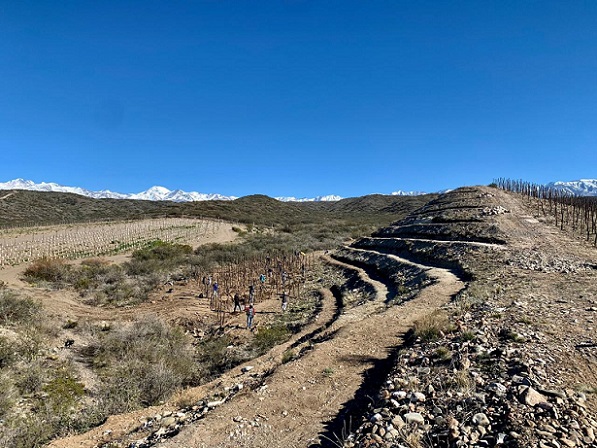
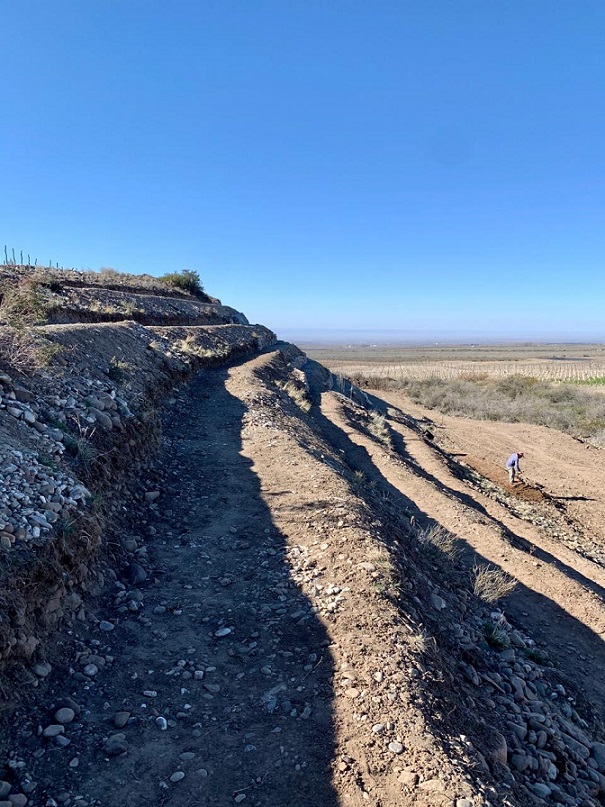
The pruning is coming to an end for Zuccardi in the Valle de Uco and planting on a special plot is due to start next month (October). It’s at Agua de la Jarilla, in the Gualtallary subregion.
Here they will plant Malbec on terraces. It’s the family’s first terraces. 900 vines are going into a south-facing ridge which used to have a 60-degree slope. “We don’t do crazy things for crazy things’ sake, we have to adapt and use everything that nature gives us," he declares.
Job or way of life?
“I like to make wine and I like the dynamics of the winery, the everyday decisions, tasting in the morning and the afternoon, discussing what you’re going to do.“I love my wine and I love what I’m doing. I love my work.”
He didn’t need to say this, of course. It’s obvious from the passion in every answer about every detail and every decision that goes into making Zuccardi’s premium, "minimal" intervention Malbecs.
This summer – for the second year in a row – Zuccardi took the top spot in the World’s Best Vineyards list. See the full list here.
Canopy’s interview with Sebastian’s father, José Alberto Zuccardi, is here.
Zuccardi's best wines so far in the International Wine Challenge.


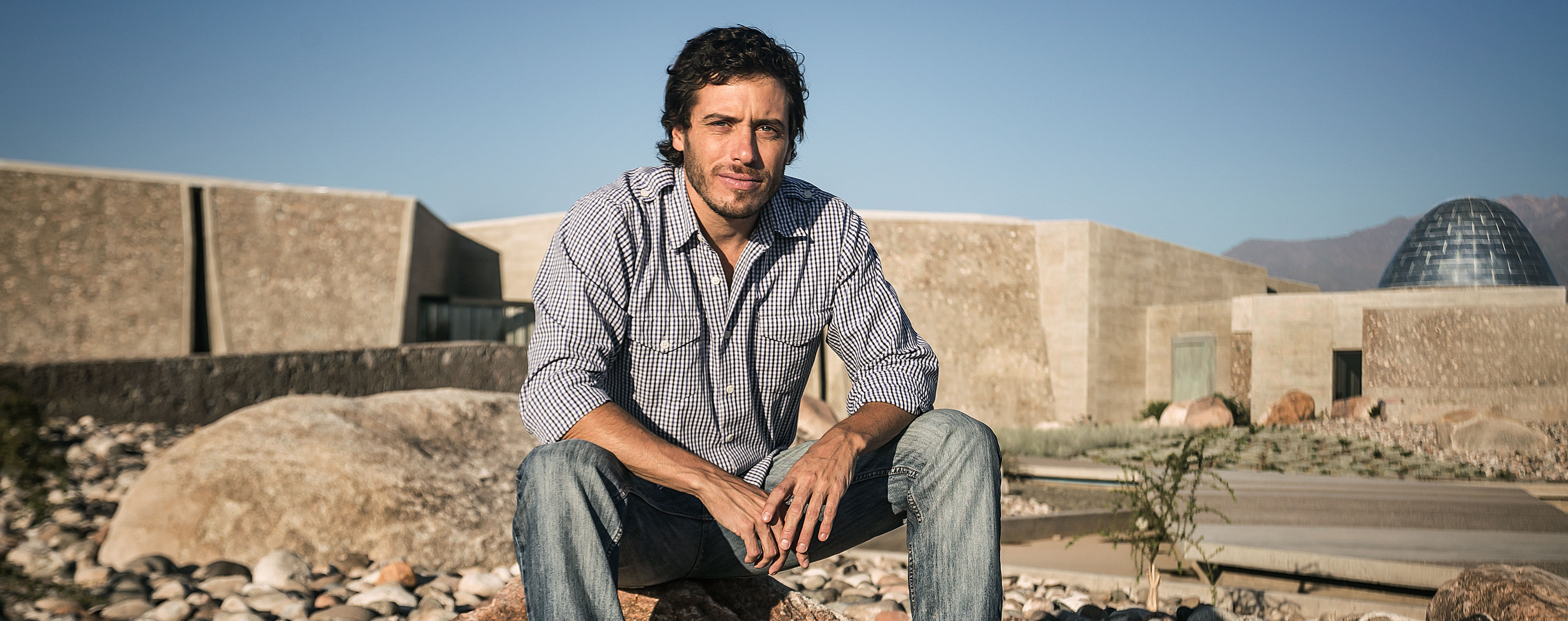










.png)






